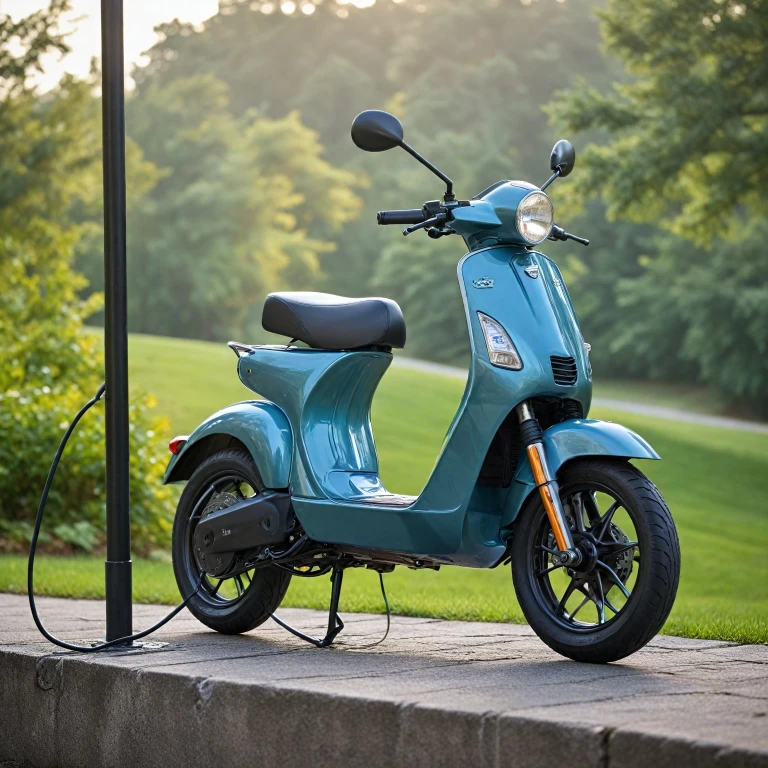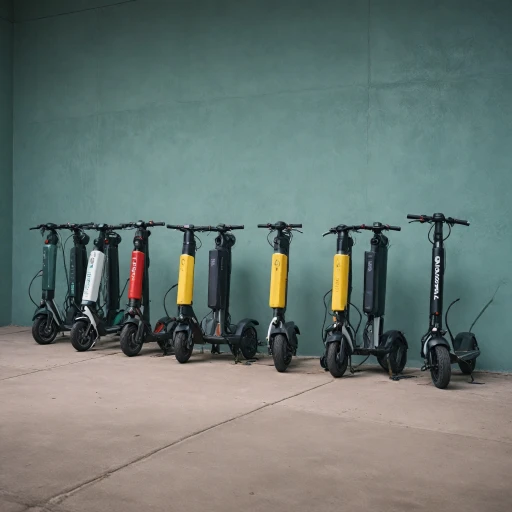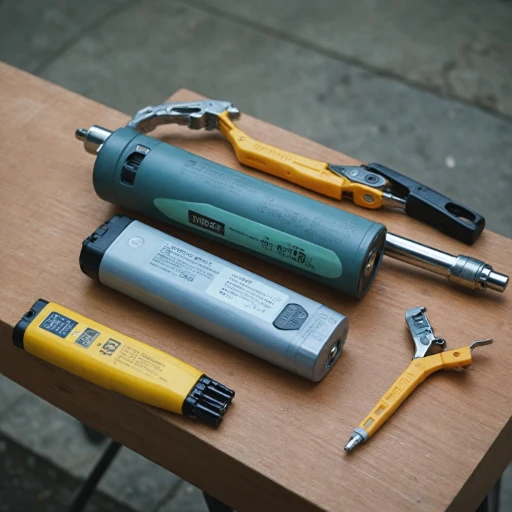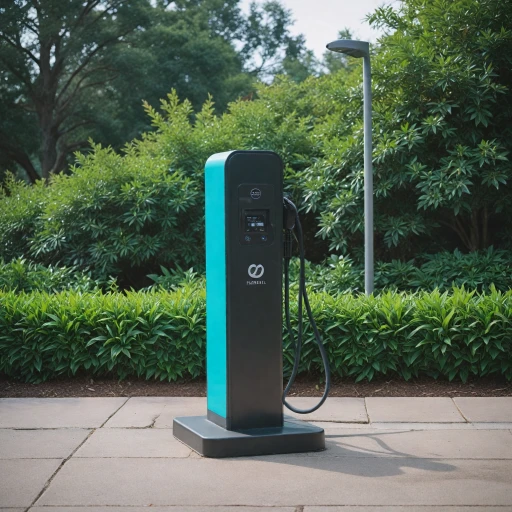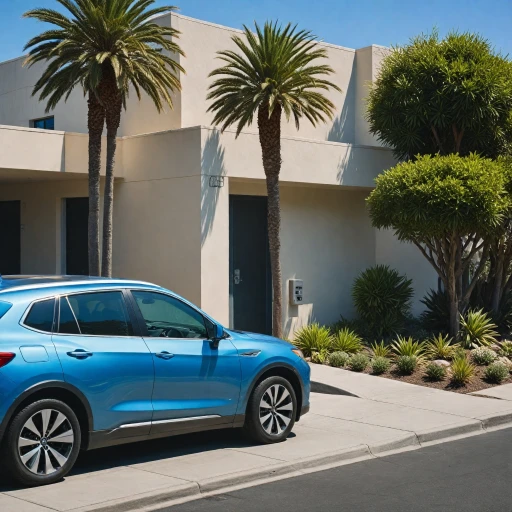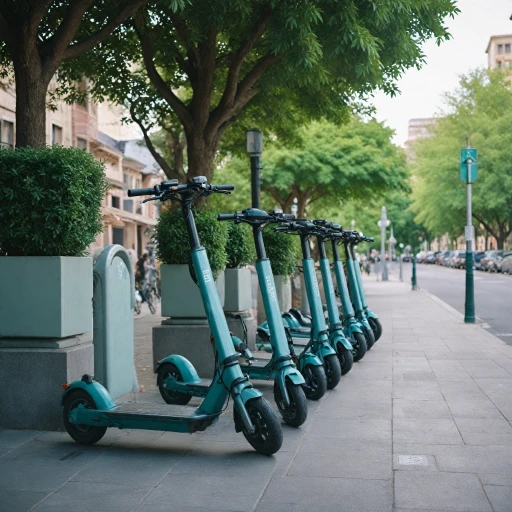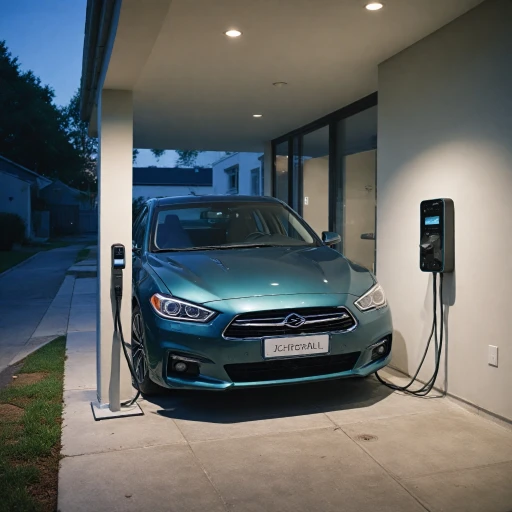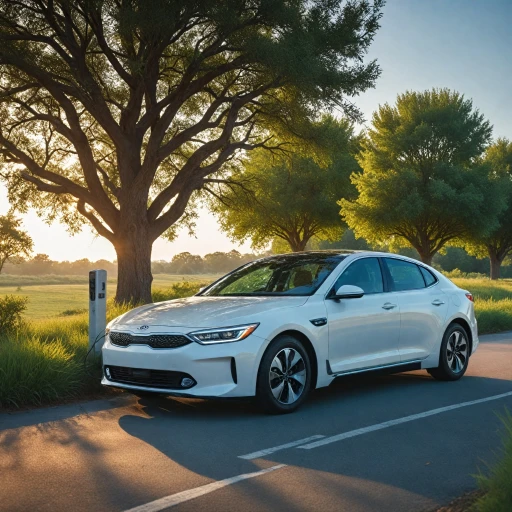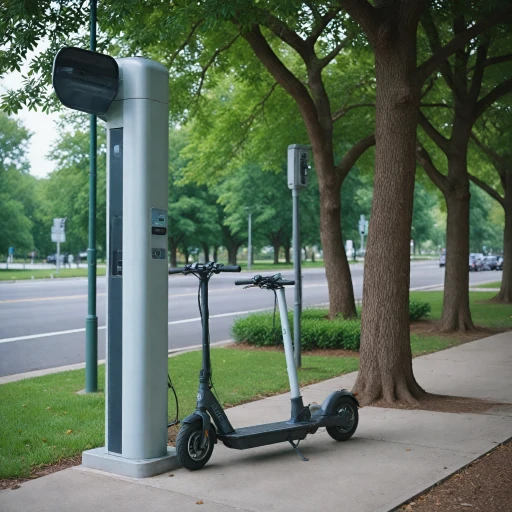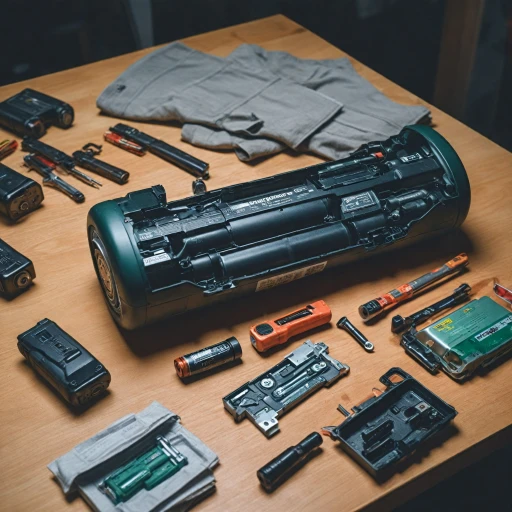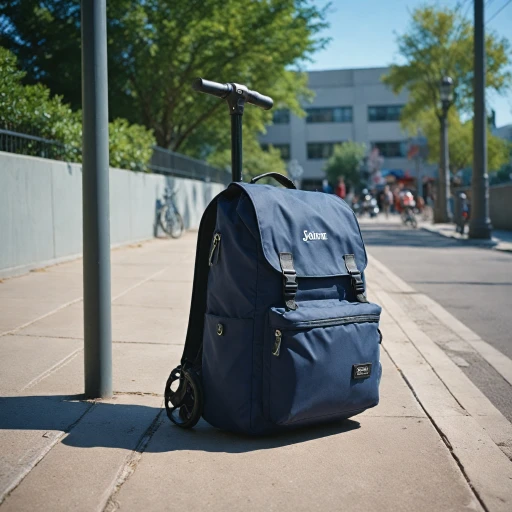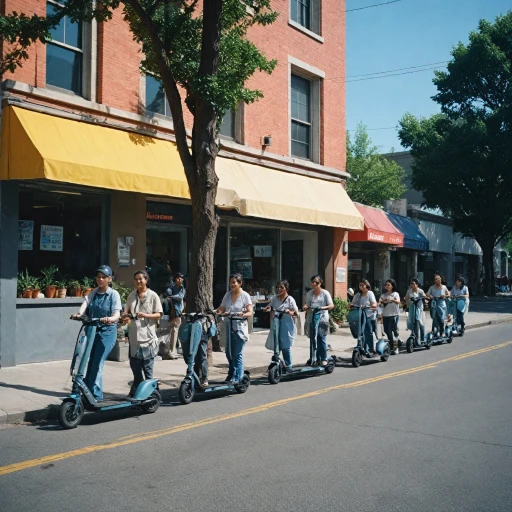
Types of Mobility Scooter Chargers
Different Styles of Charging Solutions
Exploring the variety of mobility scooter chargers available is crucial when striving for efficiency and safety in your scooter charging routine. There are several distinct types of chargers tailored to meet the diverse needs of different mobility scooters. Each type is designed to cater to specific battery configurations, scooter ranges, and user preferences.
Here are some common types to consider:
- Standard Chargers: These are typically universal and compatible with most scooter and battery models, offering a simple solution for daily powering needs.
- Lithium Battery Chargers: If your scooter is equipped with a lithium battery, using the appropriate charger ensures optimal performance and longevity.
- Quick Chargers: Designed to significantly reduce charging time, quick chargers can be a lifesaver for users needing fast turnaround on power replenishment.
- Smart Chargers: With advanced technology, smart chargers automatically adjust charging rates based on the battery’s current level, improving efficiency and safety during the charging process.
Understanding the nuances of each type and their compatibility with your scooter model helps in avoiding potential mishaps and ensures that your scooter battery performs optimally. Consider checking this guide to dive deeper into charging essentials and how they can impact your ride experience.
Whether it's choosing the right charger that accommodates your mobility needs or handling the charging unit with proper care, being informed about your options helps in navigating common charging issues more effectively. Also, it's crucial to take into account the delivery methods, unit price evaluations, and reviews of these products to make a well-rounded decision.
Choosing the Right Charger for Your Scooter
Factors to Consider When Selecting a Charger
Choosing the right charger for your mobility scooter is crucial for ensuring optimal performance and longevity of your scooter's battery. Here are some key factors to consider:
- Compatibility: Ensure that the charger is compatible with your scooter's battery type, whether it's a lithium battery or another type. Check the specifications provided by the manufacturer of your mobility scooter.
- Power Output: The charger's power output, measured in amps, should match the requirements of your scooter battery. A charger with insufficient power may not fully charge the battery, while one with too much power could damage it.
- Brand and Reviews: Consider chargers from reputable brands like Pride Mobility, Drive Medical, or Golden Technologies. Reading reviews can provide insights into the product's reliability and performance.
- Price and Availability: Compare the price of different chargers and check if the unit price is within your budget. Sometimes, the price may be unavailable, so it's worth checking multiple sources for the best deal.
- Delivery Options: Consider the delivery time and options available for the charger. Some suppliers offer faster delivery, which can be beneficial if you need the charger urgently.
Understanding Charger Specifications
Before purchasing, it's essential to understand the specifications of the charger. Look for details such as voltage, amp rating, and whether the charger is suitable for electric wheelchairs or power chairs. These specifications will help ensure that the charger meets the needs of your mobility scooter.
Consulting the Manufacturer
If you're uncertain about which charger to choose, consult the manufacturer of your mobility scooter. They can provide guidance on the best charger for your specific model, ensuring that you maintain the efficiency and lifespan of your scooter's battery.
Proper Charging Techniques
Proper Ways to Charge Your Mobility Scooter Battery
Charging your mobility scooter battery correctly is paramount to ensure its longevity and performance. Here are some crucial steps to help you do just that:- Timely Charging: Always aim to charge your scooter's battery after every use, especially if it's a longer trip. This practice not only extends the life of the battery but ensures your scooter is ready for the next journey. Regular charging helps maintain battery health, crucial for lithium and other types of batteries.
- Monitor Charging Time: Knowing the typical charging duration for your battery is essential. Too much charging can lead to overheating. Depending on the type and amp hour of your battery, like those in pride mobility scooters, the charging time may vary. Check your product manual for precise guidelines.
- Correct Charger Usage: Always use the charger specifically designed or recommended for your scooter model. Mismatching chargers can lead to inefficient power transfer and potential damage. Reviewing the specifications when purchasing a battery charger is crucial.
- Avoid Deep Discharge: While it's sometimes tempting to let your battery discharge completely before charging, especially in older batteries, this can harm the health of modern battery technologies, such as lithium. To avoid over-discharging, recharge when the capacity drops to 25-50%.
- Stable Charging Environment: Ensure your charging point is dry and at a stable temperature. Consider keeping your scooter and board charger in a sheltered location. Extreme temperatures can damage batteries and reduce their effective lifespan.
Common Charging Issues and Solutions
Troubleshooting Common Charging Problems
Encountering issues while charging your mobility scooter can be frustrating, especially when you rely on it for your daily needs. Here are some common charging problems and potential solutions to get your scooter back up and running:- Charger Not Turning On: It might sound simple, but always check if your charger is securely plugged into both the power outlet and the scooter. Sometimes, the issue might be a loose connection or a faulty power outlet. If your scooter charger still doesn’t power up, consider trying another outlet or checking for a blown fuse in your charger.
- Battery Not Charging Fully: This could be due to an old or depleted battery. If the battery’s lifespan is near its end, it may not hold a full charge. Sometimes, the issue could also originate from incompatible chargers. Make sure you’re using the correct charger for your battery type, especially if you have a lithium battery.
- Charger Light Stays Red: Typically, the charger light turns green when your scooter battery is fully charged. If it stays red, it might mean your battery cannot reach a full charge. Check if the battery terminals need cleaning, as dirt or corrosion can affect the charging process.
- Scooter Not Holding Charge: Beyond battery age, a scooter not holding charge might be caused by frequent partial charging, which can sometimes wear out the battery faster. Ensure you follow proper charging techniques to prolong battery life.
- Fluctuating Charging Times: If you notice your scooter takes varying times to charge, fluctuations in power supply may be the issue. Using a surge protector can safeguard your unit from inconsistent power delivery.
Maintenance Tips for Longevity
Guidelines to Enhance the Lifespan of Your Charger and Scooter Battery
Maintaining your mobility scooter charger and battery is crucial to ensure optimal performance and extend lifespan. Here are some expert recommendations:- Regular Inspection: Conduct routine checks on your charger and battery. Look for signs of wear, loose connections, or any unusual appearance that could indicate a potential issue.
- Keep it Clean: Dust accumulation can affect your charger and battery functionality. Wipe down your chargers and batteries with a clean, dry cloth regularly to keep them free of dust and debris.
- Avoid Overcharging: While tempting, leaving your battery plugged in overnight can strain it. Regularly monitor charging time to avoid unnecessary overcharging.
- Store Properly: When not in use, ensure your scooter, battery, and charger are stored in a cool and dry place. This protects them from environmental damage that could shorten their lifespan.
- Use Genuine Products: Always opt for original chargers and accessories suited for your scooter brand, such as Pride Mobility or Drive Medical, to prevent compatibility issues.
- Stay Updated: Keep yourself informed through reviews and product updates. For example, Elite Traveller’s latest scooter charger model might offer improved efficiency and better longevity.
Safety Considerations When Charging
Ensuring Safe Charging for Your Mobility Scooter
Charging your mobility scooter responsibly is crucial, not just for extending the lifespan of the battery, but to prevent potential safety hazards. Here are some important considerations to keep in mind:- Use the Correct Equipment: Always stick to the recommended charger and accessories designated for your specific model. Using the incorrect charger can lead to inefficient charging or, worse, damaging your battery.
- Monitor Charging Environment: Ensure your charging area is well-ventilated, clean, and dry. Avoid charging near flammable materials as this could pose a risk of fire, especially with lithium battery units which are more sensitive.
- Observe Charging Time: Overcharging can drastically affect the life and performance of your battery. Unplugging once fully charged helps maintain battery health—a stark contrast to perpetual charging which can be detrimental over time.
- Inspect Equipment Regularly: Before plugging in, ensure both the charger and power strip are in good working condition. Any frayed wires, worn-out plugs or unusual heat in the charger should be addressed immediately.
- Mindful Handling and Storage: Consider storing chargers and batteries in a temperature-controlled environment. Extreme weather conditions like excessive heat or cold can impair battery function.
